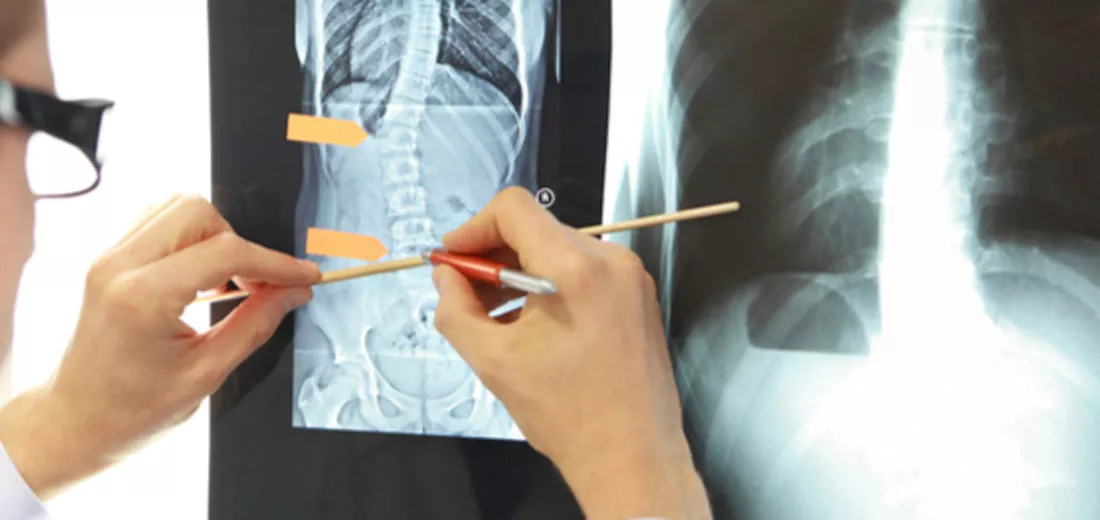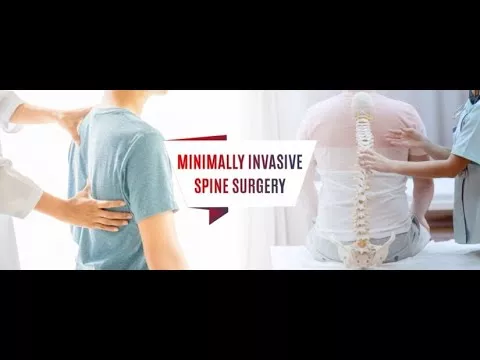What do you mean by Scoliosis?
This is a condition of the spinal cord, where it tends to curve on one side. The scoliosis cause can be comorbid conditions such as muscular dystrophy, spina bifida, cerebral palsy, among others.
Not just that, it can also be a genetic issue as a bulk of the cases are often seen among adolescents between the ages of 10-12 years. Sometimes, even among infants.
However, scoliosis can happen to anyone irrespective of their gender or age. You can mainly see it happen around the chest level and/or in the lower portion of the spinal cord.
According to a study done by the American Association of Neurological Surgeons (AANS), about 80 percent of scoliosis cases have absolutely no identifiable cause.
What are some of the common kinds of scoliosis?
One of the largest categories of scoliosis is idiopathic scoliosis, this is a term that refers to cases that have absolutely no definite cause. This kind of scoliosis can be broken down into different age categories:
- Infants: 0-3 years
- Juvenile: 4-10 years
- Adolescent: 11-18 years
- Adult: 18+ years
Out of all, adolescent idiopathic scoliosis is most common, as per the study done by AANS.
Once the researchers figure out the reason behind all the different kinds of scoliosis, they include:
- First is congenital, this is where the spinal deformities are very visible at birth.
- Then comes neurological, this is when the nerve abnormalities affect muscle in the spine.
- Furthermore, scoliosis can also be bifurcated into structural and non-structural forms. So, in structural scoliosis, the cause behind the spine’s curve is due to disease, birth defect, injury, and is permanent. On the other hand, non-structural scoliosis is temporary curves and can be fixed.
What are some of the symptoms of Scoliosis?
Symptoms of scoliosis may vary from one person to another. The common symptoms that are associated with Scoliosis are:
- Back pain
- Uneven hips
- Notice that one shoulder blade is higher than the other
- Notice that one of the shoulder blades sticks out more compared to the other
- A rotating spine
- Face issue in breathing due to the reduced area in the chest for lungs to expand
What are the scoliosis causes?
You can be diagnosed with scoliosis at any point in life, however, the most common age of onset varies between 10 to 15 years. Goes without saying, this is the most common spinal deformity in school going kids.
There are several types and causes that lead to scoliosis, some of them being:
Idiopathic
The phrase Idiopathic means that there is no specific cause- this is the most common form, it accounts for almost 80 per cent of all pediatric scoliosis cases.
- Infantile idiopathic scoliosis is found in children from the ages of 0 to 3.
- Juvenile idiopathic scoliosis is found in children from the ages of 4 to 10.
- Adolescent idiopathic scoliosis (AIS) is found in young people whose age varies from 11 to 18 and accounts for 85 per cent of cases. It is often found in girls compared to boys, at a ratio of about 10:1.
- Then comes adult idiopathic or degenerative scoliosis and it is found in people older than 18.
Degenerative
This kind of scoliosis roots from asymmetrical disc degeneration over a period of time. Adult scoliosis cases do not often need any kind of treatment. Some of the best spine surgeon in Hyderabad suggest waiting to see whether the curvature progresses over some time. During that period, do all the healthy things you are asked to do. For instance, exercise regularly, have a good diet, do not drink and smoke, and be mindful of posture. Make sure that the gait and your lifting technique is correct to ensure that the back is as healthy as possible.
In addition, degenerative scoliosis is also extremely common, a recent study shows that about 38% of the population, including around 8 per cent of those are over 25 years and up to 68 per cent are over 60 and older.
Congenital
This kind of scoliosis happens when the spine is not completely developed in utero. Malformations can also include:
- Rib fusion, in this the ribs are fused together
- Failure of segmentation happens when the parts of the spine are fused
- Hemivertebra, this is when only one side of the vertebral is developed
- Neuromuscular
This kind of scoliosis is caused by the spinal cord, brain, and muscular disorder. This kind of condition consists of:
- Spinal muscular atrophy (SPA)
- Angelman syndrome
- cerebral palsy (CP)
- Arnold-Chiari malformation/syrinx or spinal cord trauma
Thoracogenic
This kind of scoliosis is seen in people whose spinal development has been asymmetrical because of radiation treatment of childhood tumours or any surgery to address a congenital heart defect.
Syndromic
This kind of scoliosis may occur as a part of an underlying syndrome or disorder like:
- A muscular system disorder that may include arthrogryposis, muscular dystrophy, and poliomyelitis.
- It can also be because of connective tissue disease that may include Marfan syndrome and Ehlers-Danlos syndrome.
Scoliosis Treatment
After a thorough physical examination and going through the medical history, this helps the doctor to diagnose the condition. MRI and CT scans are done, the best ways to diagnose scoliosis. Some of the mild cases are treated with backbone braces, electrical stimulation of muscles can help as well, and physical exercise. In case of severity, a lot of doctors prefer to perform surgery.
Is there any long-term outlook for scoliosis?
The long-term solution for scoliosis truly depends on how severe the curvature is. For instance, from mild to moderate cases, the condition won’t hamper your daily chores. Individuals that have severe forms of scoliosis can suffer some physical limitations.
In the end, living with scoliosis is not that easy. If you are looking for help on how to live with it, get in touch with the best spine surgery hospital in Hyderabad and also seek help from a support group.









